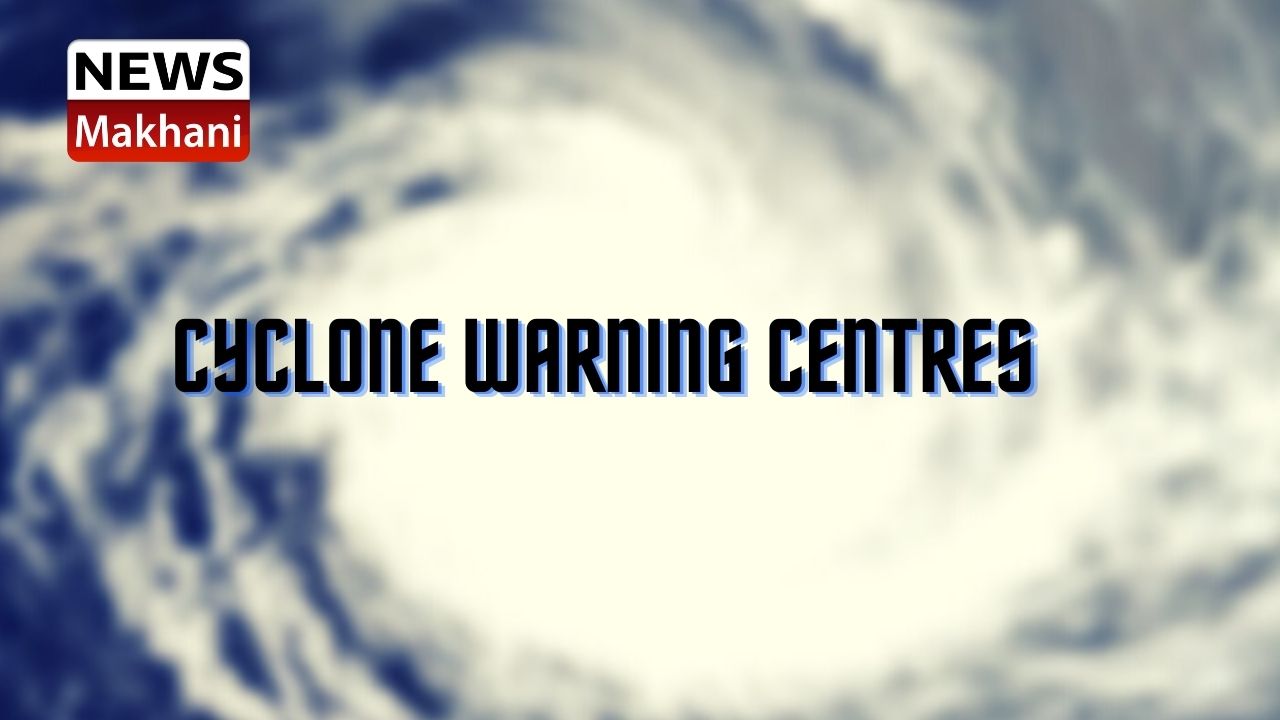DELHI: 30 JUL 2021
In order to cater to the needs of Cyclone Warning Services and Marine weather services, there are seven established Warning Centers covering the east & west coasts of our country. Among these, three are Area Cyclone Warning Centres (ACWCs) located at Chennai, Mumbai and Kolkata and remaining four are Cyclone Warning Centres (CWCs) located at Ahmedabad, Thiruvananthapuram, Visakhapatnam and Bhubaneswar. This was stated by Minister of State (I/C) for Science & Technology and Earth Sciences, Shri Jitendra Singh in a written reply in Lok Sabha today. Area of responsibility of ACWCs and CWCs is shown in the Table below.
| Centre | Coastal area* | Maritime State/UT |
| ACWC Kolkata | State: West Bengal
UT: Andaman & Nicobar Islands |
State: West Bengal
UT: Andaman & Nicobar Islands |
| ACWC Chennai | State: Tamil Nadu
UT: Puducherry |
State: Tamil Nadu
UT: Puducherry |
| ACWC Mumbai | State: Maharashtra & Goa | State: Maharashtra & Goa |
| CWC Thiruvananthapuram | State: Kerala & Karnataka
UT: Lakshadweep |
State: Kerala & Karnataka
UT: Lakshadweep |
| CWC Ahmedabad | State: Gujarat
UT:Dadra-Nagar Haveli-Daman – Diu |
State: Gujarat
UT: Dadra-Nagar Haveli-Daman-Diu |
| CWC Visakhapatnam | State: Andhra Pradesh | State: Andhra Pradesh |
| CWC Bhubaneshwar | State: Odisha | State: Odisha |
*Coastal strip of responsibility extends upto 75 km from the coast line.
There is no plan for establishing more number of CWCs as the requirements of the entire coastal belt of the country is covered by the existing centres as mentioned above.
In the present scenario, India is second to none in early warning services as well as in managing the disasters associated with Cyclones. India Meteorological Department has demonstrated its capability to provide early warning for Cyclones with high precision. With the help of such early warnings, the Government is able to mobilise evacuation operations in a timely manner, thereby saving lives & livelihood. The cyclone forecast accuracy has significantly improved in recent years as has been demonstrated during cyclones Phailin (2013), Hudhud (2014), Vardah (2016), Titli (2018), Fani& Bulbul (2019), Amphan, Nisarga&Nivar (2020) and Tauktae&Yaas (2021). During the recent years, the loss of life has been drastically reduced.
It is planned to further enhance the accuracy of weather forecasts and their timely dissemination in the ensuing years, by improving the observational network and numerical modeling capability further.
Also, Government of India has initiated the National Cyclone Risk Mitigation Project (NCRMP) with a view to address cyclone risks in the country. The overall objective of the Project is to undertake suitable structural and non-structural measures to mitigate the effects of cyclones in the coastal states and UTs of India. National Disaster Management Authority (NDMA) under the aegis of Ministry of Home Affairs (MHA) will implement the Project in coordination with participating State Governments and the National Institute for Disaster Management (NIDM). The Project has identified 13 cyclone prone States and Union Territories (UTs), with varying levels of vulnerability.
The main objective of the NCRMP is to reduce vulnerability of coastal communities to cyclone and other hydro meteorological hazards through;
- improved early warning dissemination systems.
- enhanced capacity of local communities to respond to disasters.
- improved access to emergency shelter, evacuation, and protection against wind storms, flooding and storm surge in high areas.
- strengthening the Disaster Risk Management (DRM) capacity at central, state and local levels in order to enable mainstreaming of risk mitigation measures into the overall development agenda.
*****

 हिंदी
हिंदी






